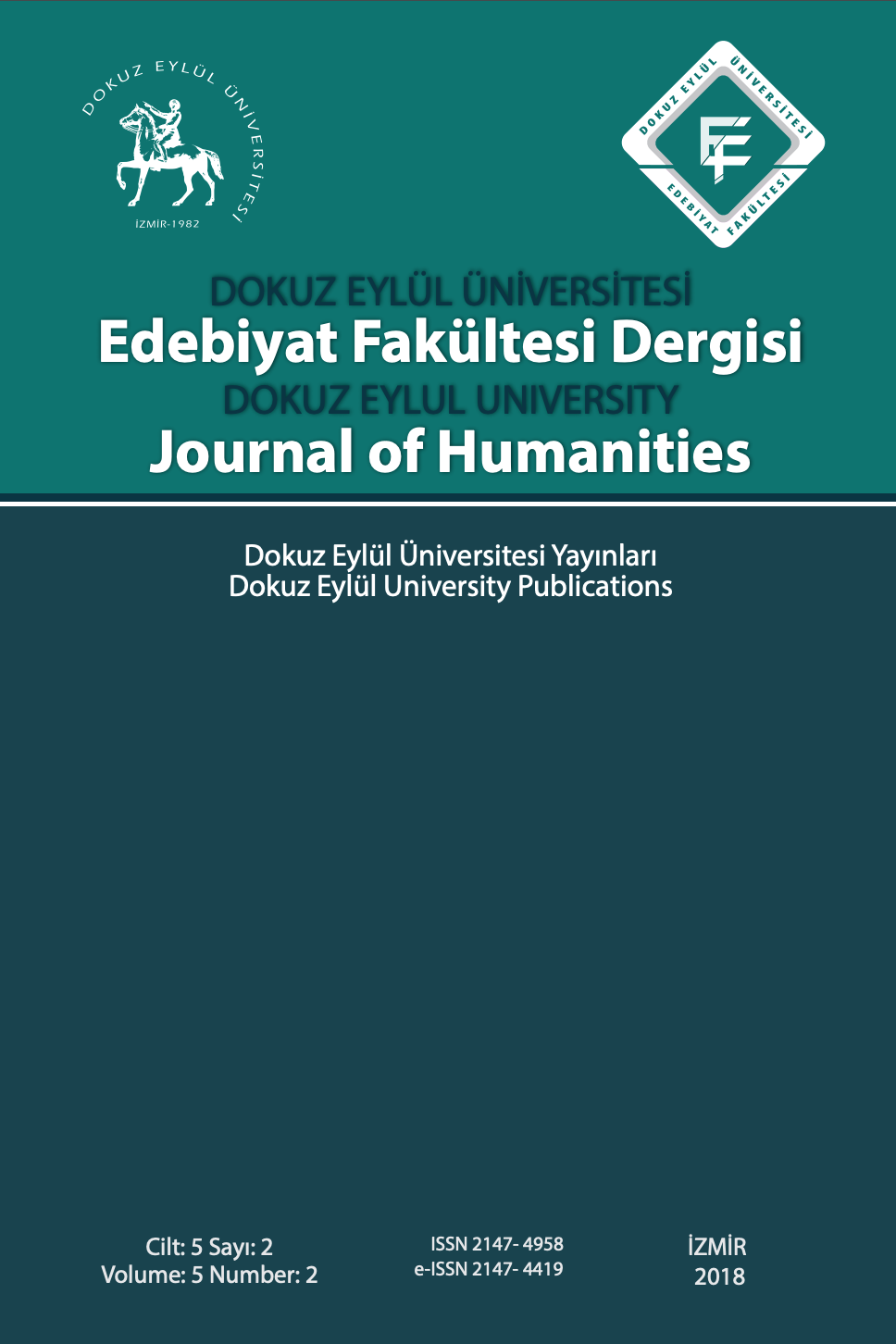SEVGİ SOYSAL VE YENİŞEHİR’DE BİR ÖĞLE VAKTİ ROMANINDAN MİMARİ/KENTSEL MEKÂNA İLİŞKİN ÇIKARIMLAR
Pek çok ünlü yazar kentsel yaşamı romanlarında aktarmıştır. Bu kentsel yaşamlar; yazarın gözlemleri, imgelemi ve anıları üzerine yeniden yapılandırılarak yazınsal mekânlara dönüştürülmüş, gerçek veya düşsel kentler olarak okuyucuya sunulmaktadır. Edebiyattaki bu yazınsal mekânlar, mekânların kurulmasını ve mekân kavramını, mimarlığın ve kentsel mekânın kendi disiplinine ait sınırları dışındaki öznelerin gözünden anlamamıza yardımcı olmaktadır. Bu bağlamda, çürüyen bir kavak ağacının devrilme sürecini kapsayan bir buçuk saatlik zaman dilimini öyküleştirirken; kentin zaman, mekân ve insan ilişkilerini de yansıtan ve Sevgi Soysal tarafından 1973 yılında kaleme alınmış olan Yenişehir’de Bir Öğle Vakti romanı incelemeye değerdir. Soysal, Ankara kentindeki kentsel yaşamın modernizasyonunu, roman boyunca hassas gözlemlerine dayanan eleştirel bir anlayışla, gerçekçi bir biçimde tasvir etmektedir. Romanı mekânsal olarak okumanın Ankara kentsel peyzajına dair epistemolojik alana katkıda bulunacağına inanılmaktadır. Sonuç olarak, bu makalenin amacı, 1970’ler Ankara’sında bulunan kentsel mekânların, özellikle modernizasyon sembolü olan Yenişehir sokaklarının anlamlarını analiz etmektir. Günden güne değer kaybettiği düşünülen Ankara’nın modern kentsel peyzajının gerçek anlamını kavramak, korumak ve sürdürmek için bu anlamların ortaya çıkarılması gereklidir
Anahtar Kelimeler:
Yenişehir’de Bir Öğle Vakti, Sevgi Soysal, Kentsel Peyzaj, Edebiyat.
SEVGI SOYSAL AND ARCHITECTURAL/URBAN SPACE ILLUSTRATIONS FROM HER NOON-TIME IN YENISEHIR (YENIŞEHIR’DE BIR ÖĞLE VAKTI) NOVEL
A notable feature of several well-known novelists is their description of urban life. These urban lives are presented to the readers as taking place in real or imaginary cities thatare transformed into literary spaces, restructured on the observations, imagination and memories of the writer. These spaces, portrayed in literature, contribute to an understanding of the conception and construction of space from the point of view of those outside the disciplinary boundaries of architecture/urban space In this respect, it is important to examine the novel Noon Time in Yenişehir (Sevgi Soysal, 1973), because it reflects the relationship between time-space and the users of the city, through the fictionalization of the short period in which a poplar tree falls down. Soysal offers a realistic and critical understanding of the modernization of the urban life in the city of Ankara through sensitive observations sustained throughout the novel. It is believed that interpreting the novel in spatial terms will contribute to the epistemological realm related to the urban landscape of Ankara. Thus, the aim of this paper is to analyze the meanings of urban spaces that existed in Ankara in the 1970s, especially the streets of Yenisehir, in terms of the symbolization of modernization. An understanding of these meanings is necessary in order to comprehend, preserve and sustain the real significance of the modern urban landscape of Ankara, which is being constantly eroded.
Keywords:
Noon-Time in Yenisehir, Sevgi Soysal, Urban Landscape, Literature,
- ISSN: 2147-4958
- Yayın Aralığı: Yılda 2 Sayı
- Başlangıç: 2011
- Yayıncı: Dokuz Eylul Üniversitesi Matbası
Sayıdaki Diğer Makaleler
İşverenlerin Bakış Açısından Türkiye'de Kadın İstihdamı: Bir Alan Araştırması
SEVGİ SOYSAL VE YENİŞEHİR’DE BİR ÖĞLE VAKTİ ROMANINDAN MİMARİ/KENTSEL MEKÂNA İLİŞKİN ÇIKARIMLAR
Nur ÇAĞLAR, Zeynep TUNA ULTAV, Esin BOYACIOĞLU
AVRUPA’DA ROMA/ÇİNGENELER ÜZERİNE SOSYAL POLİTİKALAR
Bir Söz Edimi Olarak Yargı Edimi
Çocuk Kavramının Felsefi Antropoloji Alanında Ele Alınması ve Mimari Çıkarımlar
KIŞ GÜNLÜĞÜ: PAUL AUSTER’İN OTOBİYOGRAFİSİNDE BEDENİN FENOMENOLOJİSİ VE BEDENSEL ALGI SORUNU
